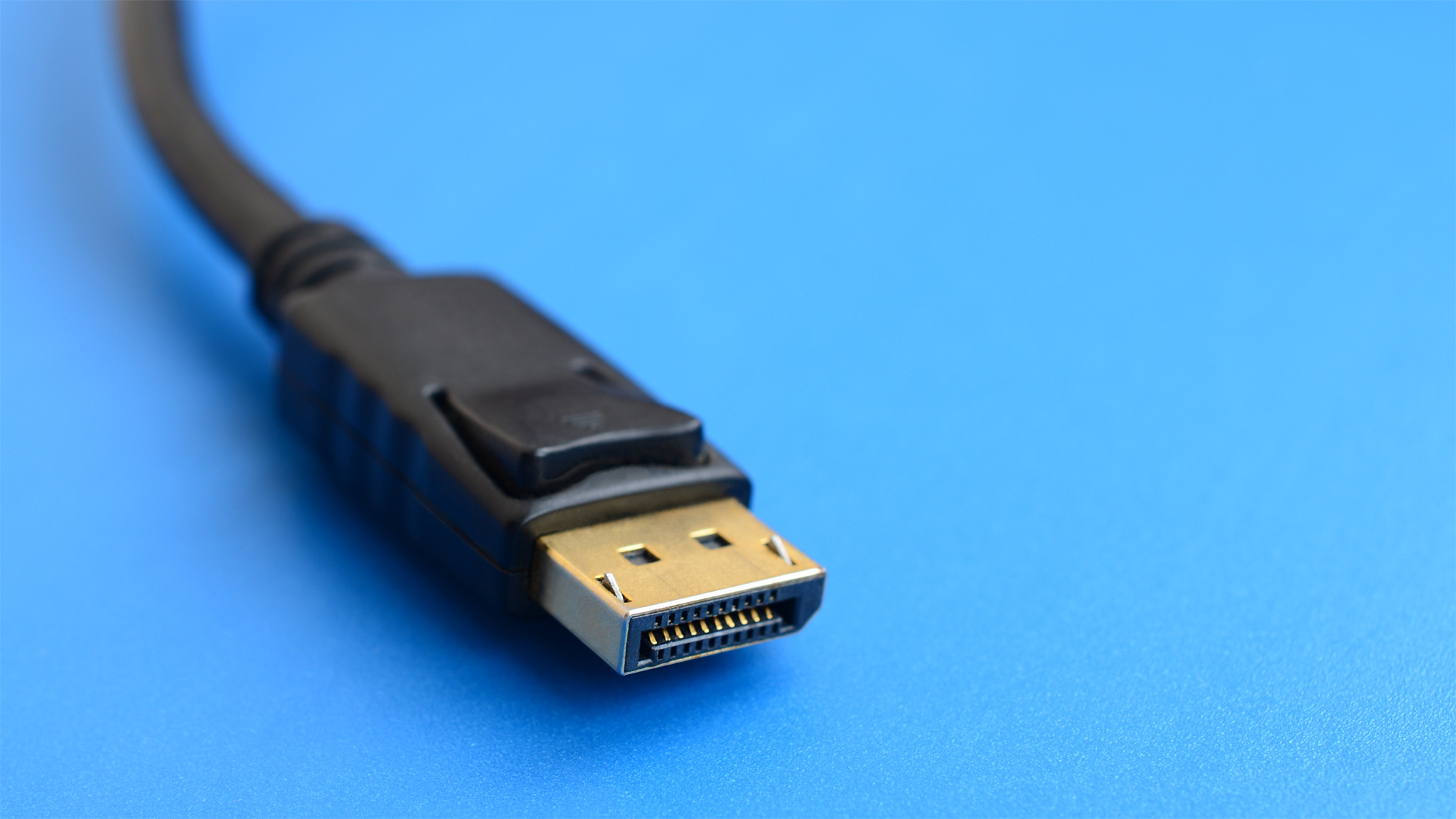VESA introduces DisplayPort 2.1a standard, providing higher resolution and refresh rate combos and doubling cable length limit
VESA's DisplayPort 2.1a is shaping up to be a future-ready standard for distant future PC users

The Video Electronics Standards Association (VESA) has just announced a new DisplayPort 2.1a standard which supports multi-resolution combinations and doubles its passive cable length from 1 to 2 meters.
The new DP54 ultra-high bitrate (UHBR) cable introduces the UHBR13 specification and succeeds the DP40 specification which uses the UHBR10 standard. The new standard will be taken advantage of by different electronics, but will mainly be beneficial for ultra-widescreen and multi-display setups.
The newer DP 2.1a cable allows a four-lane UHBR13.5 link rate to provide a data throughput of up to 54 Gbps over a two-meter cable. This is a breakthrough since the UHBR13.5 specification was only possible with a DP80 UHBR cable which is restricted to 1 meter cables.
This change in cable length and bandwidth increase is much appreciated and just in time for newer generation monitors, televisions, graphic cards and different types of sink (usually the display) & source devices for different uses.
Cable Length Compatible with DP2.0 Standard
Users with UHBR13.5-supported hardware and cables allow higher resolution and refresh rate combinations up to 8K2K at 240 Hz or 8K4K at 120 Hz. The DP2.1a's two-meter cable length can be taken advantage of by the current-gen UHBR10 specification that's available on the DisplayPort 2.0 standard.
James Choate, the compliance program manager for VESA said a press release that "with the latest update to DisplayPort, the UHBR13.5 cable spec is now purpose-built to provide both UHBR10 and UHBR13.5 monitors and graphics cards with a longer passive cable. Consumers are no longer limited to connecting UHBR13.5 sink and source devices with a one-meter DP80 cable, which provides more bandwidth support than what their hardware needs and, in some cases, might be too short for their set-up, for example with ultra-wide curved displays."
Don't expect to see many devices take advantage of the new cables anytime soon. The recently-announced RTX 40 Super series graphics cards use DisplayPort1.4a output. The same can be said of the monitors announced during CES 2024. Sink and Source devices will take a long time to adopt DisplayPort 2.1a.
Get Tom's Hardware's best news and in-depth reviews, straight to your inbox.
VESA is ready for the distant future, but we'll only get to see this new standard widely adopted with graphic cards beyond RTX 50 Blackwell GPUs, which will use DisplayPort 2.0. Since DP 2.0 devices can take advantage of the added cable length, we might see this cable standard deployed during the RTX 50's lifecycle and for near-future high-resolution TVs.

Roshan Ashraf Shaikh has been in the Indian PC hardware community since the early 2000s and has been building PCs, contributing to many Indian tech forums, & blogs. He operated Hardware BBQ for 11 years and wrote news for eTeknix & TweakTown before joining Tom's Hardware team. Besides tech, he is interested in fighting games, movies, anime, and mechanical watches.
-
Sluggotg Nice to see them keep updating the standard. A one meter cable does not cut it. Reminds me of back in the 90s when coworkers would have me fix their computers at their houses. They would use the shortest cables possible and the poorly designed "Computer Desk" that did not allow access to the computer unless you carefully crawled under the desk and spent 20 minutes unscrewing the Parallel port/Serial Port/VGA connector etc. just so you can get it out and start doing some testing. The 90s is when I made the policy of "Drop your computer at my house and I will fix it". (I never charged them anything).Reply
I do like my long cables and extension cables.